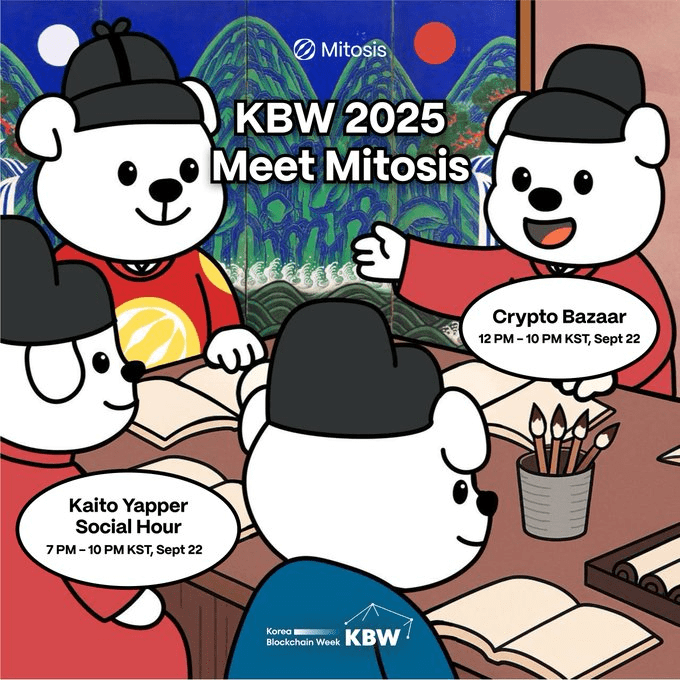In the practical engineering of cross-chain liquidity, the biggest problem is not 'Is there a bridge?' but 'Liquidity is sliced into countless thin pieces, each of which is not thick enough.' Mitosis employs a radial structure centered around 'Hub assets' to consolidate fragmented liquidity across multiple chains: native assets or equivalent certificates are uniformly anchored to a central hub, which maintains an authoritative snapshot of asset balances and states, and then distributes wrapped tokens across various radial chains through controlled minting/burning. The direct benefit of this approach is to use a centralized pool to resist the tearing of funds across multiple chains, while the indirect benefit is to converge cross-chain synchronization from 'N² channels of state reconciliation for each pair of chains' to 'one-to-many synchronization of all radials to the center.' In terms of development experience, the protocol and market makers only need to focus on the central clearing and replenishment process, while the upper-level logic of cross-chain transfer, lending, exchanging, and collateral can all be observed and dispatched on a unified hub panel, significantly reducing complexity.
To make this center-radiating model operate both quickly and stably, the core is 'challengeable certainty'. Mitosis can bind proof packages and challenge windows to each cross-domain state change: the minting into a radiating chain requires carrying the latest state commitment and witness signatures from the center, while the destruction out of a radiating chain needs prior registration and locking at the center before releasing the corresponding quota. To balance low latency and security, the transport layer introduces a 'guaranteed fast path' and an 'eventuality path' dual track: market makers or relayers bear short-term counterparty risks with margin and advance lending, releasing guarantees or settling differences after the eventuality path is completed; if a failure or malicious act occurs, challengers can submit evidence to trigger forfeiture and state rollback. By clearly writing into the process 'who declares, when they declare, and how the declaration can be challenged', the predictability of cross-chain funds is greatly enhanced.
Another challenge of centralized liquidity pools is the 'cross-domain consistency' of interest rates and inventories. In the Mitosis framework, the hub can maintain an accounting view of assets as a single real source: yield-generating assets record net value changes as shares, and the lending market prices marginal interest rates with layered funding curves, with price and inventory snapshots pushed to radiating chains by epoch. When a radiating chain experiences a large withdrawal of liquidity in a short time, the center can converge the imbalance in three ways: first, by dynamically raising the borrowing rate and liquidation discount of that radiating chain; second, by initiating cross-domain rebalancing auctions to guide professional market makers in replenishing supplies with minimal incentive cost; third, by allowing overdrafts but increasing cross-chain withdrawal fees and shortening challenge windows to prioritize inventory recovery. Once discrepancies occur in snapshots between the center and radiating chains, it prioritizes amplifying discounts and tightening leverage, rather than forcibly liquidating at unreliable prices, thus reducing tail risks from an institutional perspective.
At the transaction and routing level, Hub assets make 'cross-chain exchange' more like 'single-chain matching'. Applications only need to provide their intent (desired asset, quantity, maximum slippage, and time limit), and Mitosis's intent router performs a unified assessment of the depth of all radiating chains: if there is enough locally, it transacts on the spot; if not, it splits the order to multiple radiating chains' inventories and market maker quotas, packaging the finality and fees back into a single atomic settlement. With this 'cross-domain atomic exchange', complex processes like leverage, lending, and redemption can be consolidated into a single signature and a net result, allowing users and integrated protocols to be unaware of cross-chain details. To constrain MEV and front-running risks, ordering adopts auditable queues and batch settlements, opening bid ordering rights during critical settlement windows, but routing premium profits back to the central treasury and safety pool, replacing disorderly extraction with 'institutionalized MEV'.
Robustness ultimately relies on observability and accountability. Mitosis publicly discloses three key metrics at the center: multidimensional snapshots of inventory and liabilities (by chain, by asset, by term), cross-domain latency and failure rate distributions, and participation and price curves of rebalancing auctions; it also publicly discloses the real-time status of 'freshness threshold, discount factor, challenge window' on radiating chains. Institutions can use this to construct 'liquidity health scores', automatically adjusting available leverage and redemption rhythms during high-pressure periods. By engineering and quantifying the three aspects of 'whether liquidity is sufficient', 'whether delays are controllable', and 'how failures are handled', Hub assets become not just a 'bridge-wrapped currency', but a unified foundation for cross-chain lending, trading, and settlement.
@Mitosis Official #Mitosis $MITO


